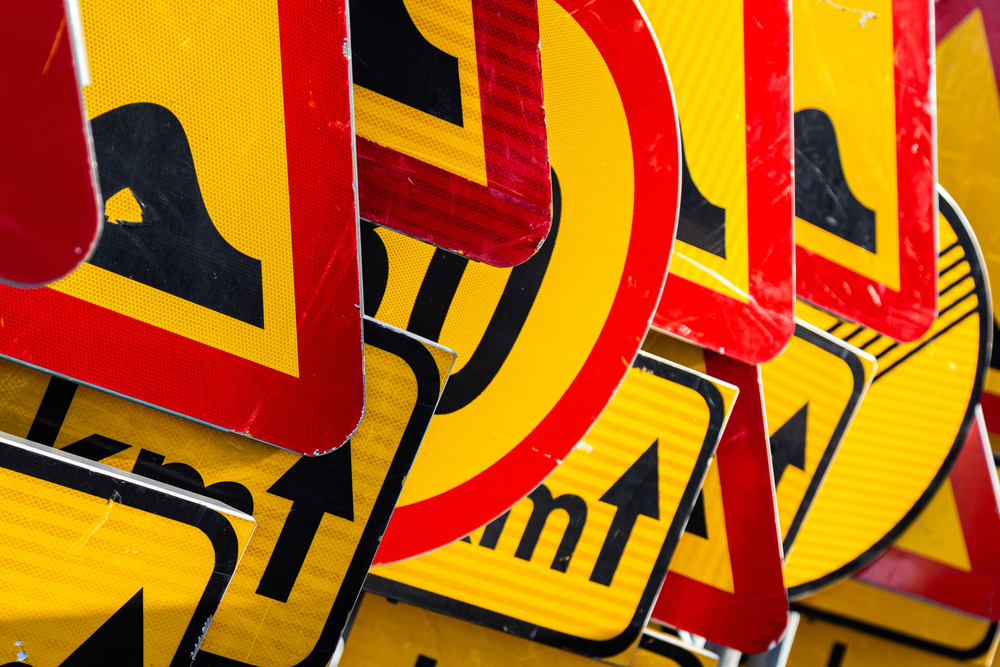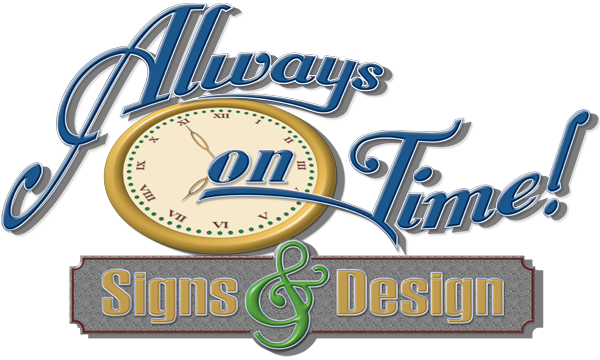
Road signs are one of those things that many people take for granted. Because there are so many signs on the road at any given time, it’s easy to gloss over them during your drive.
However, each sign has specific meanings, including its color, shape, and imagery. So, learning what road signs mean can make a huge difference in maintaining safe driving conditions.
While it’s impractical for all drivers to memorize each type of sign in use, it can help to know the basics of road signage. So, with that in mind, let’s learn what road signs mean and why they’re so important.
Breaking Down the Different Elements of Road Signs
A road sign typically comprises three elements – color, shape, and text (or graphics). Because the text or graphics are often self-explanatory, let’s break down the different colors and shapes used in the United States.
Also, remember that these colors and shapes are based on the Manual on Uniform Traffic Code Devices (MUTCD). While this manual doesn’t change often, any adjustments will affect all signs in use. Here is a rundown of the current colors and shapes used on the road today.
Colors
The coloration of a sign is hugely important as it’s the first thing drivers see when approaching the sign. The sign color must be bright and noticeable, particularly at a distance or in low-light conditions. If a road sign is dirty or worn down, it can be harder to see at night, creating hazardous conditions for both drivers and pedestrians.
Here’s a breakdown of the different colors used and what they signify.
- Red – The most common red road sign is the Stop sign, which uses a red background and white lettering. However, other signs may use red to signal forbidden or prohibited activities. For example, a “Do Not Enter” sign uses red to notify drivers that they cannot enter the lane or the area. Similarly, Yield signs use red to tell drivers to yield to other cars on the road.
- White – White signs are often used for regulatory purposes. These signs are meant to tell drivers what is or isn’t allowed on the road. The most common white sign is the Speed Limit Sign, which notifies drivers of the maximum speed they can drive. Other examples of white road signs may include “No Parking,” “One Way,” or “No Passing Zone.” These signs all use a white background with black lettering for maximum contrast.
- Green – Green signs are often found on highways and freeways, as green is the default color for directional messaging. For example, a green sign may notify drivers of an exit number or which lanes lead to a specific off-ramp. Green signs are very helpful for drivers as they tell individuals how to get around and what movement is permitted in a given situation.
- Yellow – As with traffic lights, yellow road signs warn drivers to proceed cautiously. The most common example of a yellow sign is a turn indicator or a sign that shows a merging lane ahead. While many people believe the Yield sign to be yellow with black text, it’s actually red and white.
- Orange – Orange signs are often used for construction, meaning they are temporary or semi-permanent. In many cases, a construction zone will interrupt the regular flow of traffic, so orange signs notify drivers of various road conditions. These signs may also signal construction ahead, so drivers should pay extra attention when passing.
- Fluorescent Yellow – Although yellow is already eye-catching, fluorescent yellow is much more noticeable, particularly when illuminated by headlights. For this reason, this color is used for School Zone and Pedestrian Crossing signs. This way, drivers can see the sign and the text more clearly, especially at night.
- Blue – Blue signs are used for tourist information and road services, such as rest stops. Blue is also the default color to notify drivers of what is available at a particular highway or freeway exit (i.e., gas stations ahead). Although these signs are not regulatory, they’re still valuable for those on the road.
- Brown – Brown signs indicate recreational areas like campgrounds or public parks. Drivers can pay attention to brown signs if they’re looking for points of interest or want to take advantage of natural areas nearby.
Shapes
Although the color of a sign can tell a driver the type of information displayed, the shape of the sign also matters. Different shapes are used to help differentiate multiple road signs visually. If each sign were the same shape, it would be harder for drivers to distinguish between them, which could create unsafe driving conditions. Here’s a rundown of the different shapes used.
- Octagon – The Stop sign is the only one with an octagonal shape.
- Triangle – Triangle signs are used for Yield messages, and the triangle is always upside down. Some triangle signs may notify drivers of different conditions ahead, but they are rare.
- Diamond – Diamond signs can be used for warnings or construction zones. For example, a diamond-yellow sign may indicate a stop sign ahead or notify drivers of an upcoming curve.
- Rectangle – A vertical rectangle is often used for speed limits and other prohibitive signs (i.e., No Passing). Horizontal rectangles are used for informational signs, such as rest stops and traffic information.
- Square – Brown, blue, and green signs can often be square as they all display information, not regulations.
- Pentagon – The pentagon shape is exclusively used for school zones and may be accompanied by a square speed limit sign underneath.
Get the Best Road Signage from WorkSafe Traffic Control Industries
Regardless of the types of road signs you need, WorkSafe Traffic Control Industries is ready to help you maintain road safety. We craft all of our signage to MUTCD standards and often deliver with a seven-day turnaround for your convenience. Don’t wait until an accident happens – call us today to order your road signs!

